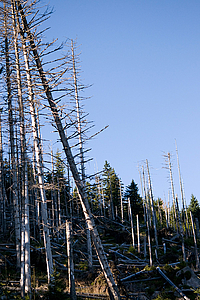
Climate change poses special challenges both to forests and trees and to the forest genetic resources that are necessary to adapt to climate change.
Diversity of forest genetic resources provides the adaptive potential for a species (or a population) to cope with climatic changes and future challenges.
In Europe, models predict that in the north winters will become warmer and wetter, while in the south summers will become hotter and dryer. In southern and western Europe, droughts are forecast to last longer and in general extreme events will become more frequent. The distribution of pests and diseases will change too, as will the frequency and extent of forest fires.
While many uncertainties remain, it is clear that over the next 50–100 years climate change will affect the distribution of individual species and the composition of forests.
Priorities
For conservation, the places needing most attention will be at the edges of species’ ranges.
At the trailing edge, where conditions are making survival difficult, populations will become separated, restricting breeding, and individuals will die; genetic diversity is likely to be reduced. At the leading edge, where a species is moving into new territory, only a few individuals representing a subset of the population can survive. The so-called founder effect thus reduces the genetic diversity in those areas. Assisted migration – deliberately selecting planting material and moving it to areas being newly colonised – to increase genetic diversity and adaptability in those areas, is under consideration.
A key improvement to conservation strategies will be to increase the level of cooperation and data sharing among European countries. For example, countries at the leading edge of population expansion could use EUFGIS to assess suitable material for assisted migration.
The pan-European forest genetic resources conservation strategy, led by EUFORGEN, is considering ways to improve conservation across the continent, for example by establishing new genetic conservation units and making more information available.
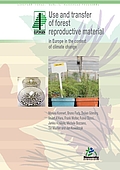 | Use and transfer of forest reproductive material in Europe in the context of climate changeThe selection of suitable FRM has assumed a new importance both because trees are long-lived species… |
Download |
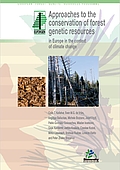 | Approaches to the conservation of forest genetic resources in Europe in the context of climate changeIn Europe, forests have been expanding in terms of area and timber stock over the past 50 years and… |
Download |
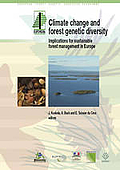 | Climate change and forest genetic diversityClimate change is increasingly recognized as one of the most important challenges faced globally by… |
Download |
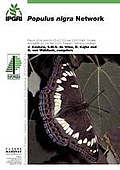 | Populus nigra Network: Report of the seventh and eighth meetingThe seventh and eighth meeting of the Populus nigra Network were held on 25-27 October 2001 in… |
Download |
